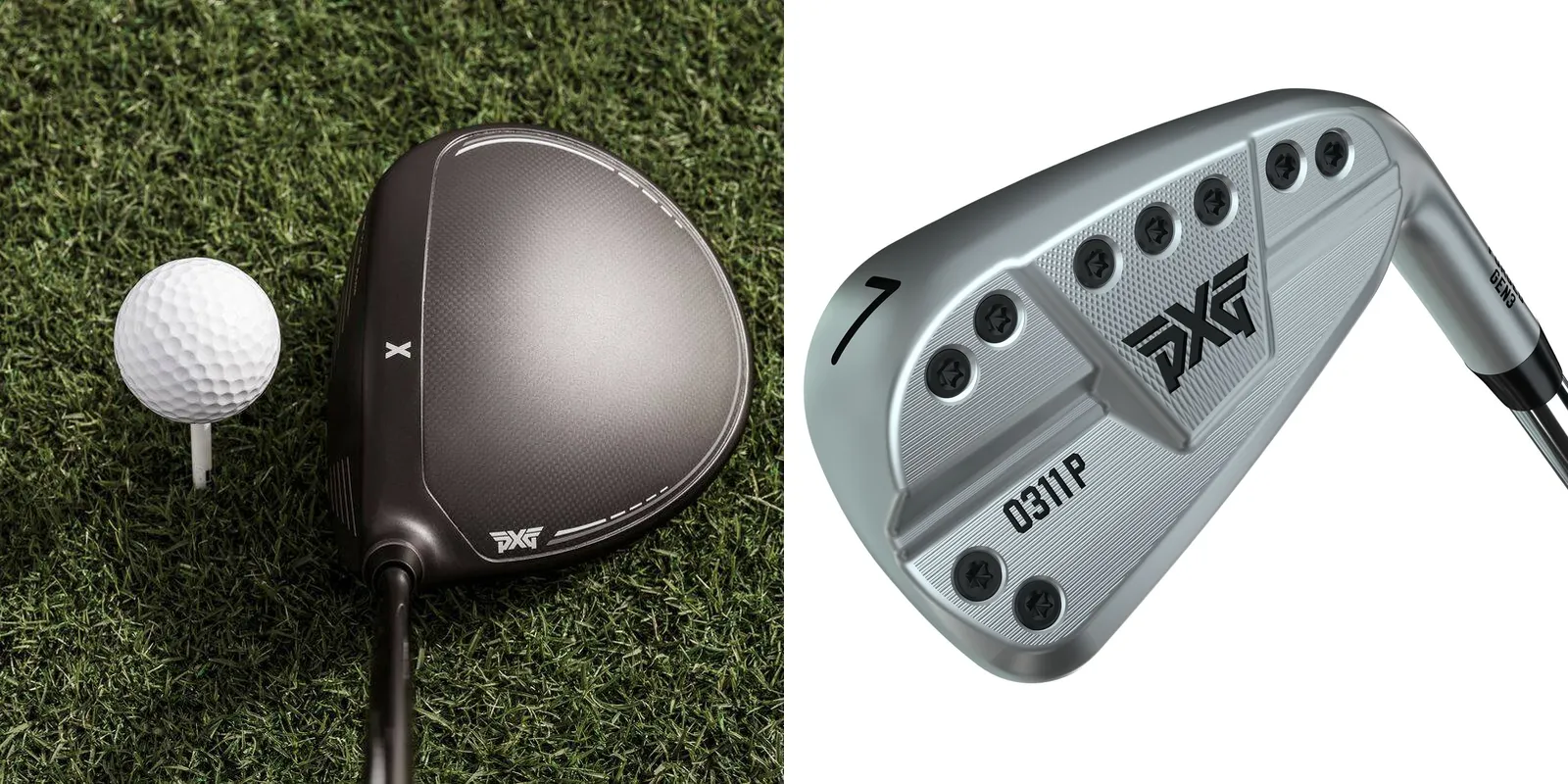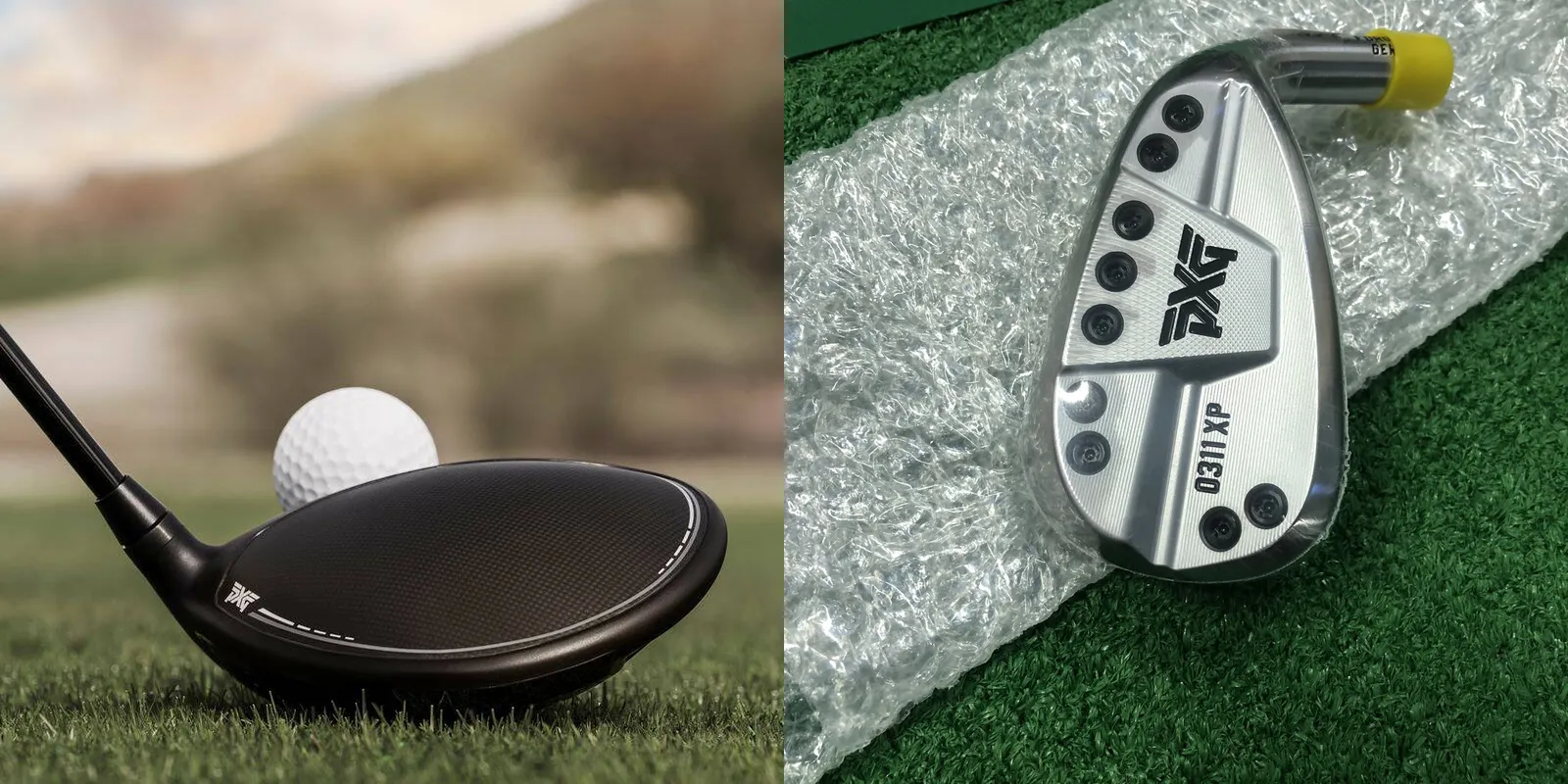When it comes to golf clubs, PXG is a name that every golfer knows. It has been delivering top-quality golf clubs with unmatched performance for years. Recently, it has launched its latest series, the PXG Gen 6, which has created a buzz among golf enthusiasts worldwide. However, the question is, PXG Gen 6 Vs Gen 3, what are the key differences?
Introduction
PXG Gen 6 Golf Club
PXG Gen 6 is the latest addition to the PXG family of golf clubs. It is the result of years of research and development, to give golfers the ultimate performance on the course. The Gen 6 boasts innovative features like the TPE inserts, adjustable weighting, and improved COR for maximum ball speed. It also has a sleeker design and comes in a variety of finishes to choose from.
PXG Gen 3 Golf Club
PXG Gen 3 is the predecessor to the Gen 6 and has been a favorite among golfers for years. It is designed to deliver consistent performance and feel on the course. The Gen 3 has a classic-looking design and comes in various finish options. It features the proprietary Precision Weighting System, which allows golfers to fine-tune the club’s performance. It also has tungsten weighting for maximum forgiveness and stability.
Design and Construction
Materials and technology
The Gen 6 and Gen 3 golf clubs from PXG use different materials and technologies to enhance their performance. The Gen 6 irons feature 5 times forged hollow construction with a high-strength Maraging Steel face, TPE (thermoplastic elastomer) injected into the hollow body, and high-density tungsten weighting. This construction allows for a powerful and forgiving hit, as well as improved sound and feel.
The Gen 3 irons, on the other hand, utilize a forged construction with a thin face made of HT1770 high-strength steel. It also features the TPE injected into the cavity for improved sound and feel. Additionally, the Gen 3 irons have CNC milled grooves for added spin on the ball.
In terms of drivers, the PXG Gen 6 driver features a carbon fiber crown and sole, which lowers the center of gravity and improves forgiveness. The face is made of Ti 412 titanium, which allows for maximum flex at impact and increased ball speed. The Gen 3 driver, also made with a titanium face, uses a titanium crown and sole instead of carbon fiber.
Club head shapes and sizes
The club head shapes and sizes of the Gen 6 and Gen 3 golf clubs are also different. The Gen 6 irons have a slightly larger profile than the Gen 3 irons, which allows for a larger sweet spot and more forgiveness on off-center hits. The Gen 6 irons also have a straighter top line and less offset, giving them a more traditional look at address. The Gen 3 irons, in comparison, have a slightly more compact shape with a thicker top line and a bit more offset, making them easier to hit for golfers who struggle with slicing the ball.
As for drivers, the Gen 6 driver has a deeper face and a more pear-shaped profile, which promotes a more penetrating ball flight. The Gen 3 driver has a shallower face and a more rounded profile, which encourages a higher launch and more carry distance.
Weighting and balance
Both the Gen 6 and Gen 3 golf clubs use weighting and balance to optimize their performance. The Gen 6 irons have high-density tungsten weighting strategically placed in the toe and heel areas of the club head to increase the moment of inertia and stability. This design promotes a higher launch angle and increased distance, as well as less dispersion on off-center hits.
The Gen 3 irons use perimeter weighting with tungsten screws in the toe and heel areas for added stability and forgiveness. The weight is also distributed evenly throughout the club head for improved balance and control.
In terms of drivers, the PXG Gen 6 driver features a low and back center of gravity for maximum forgiveness and distance. The Gen 3 driver has a similar weighting design, but with a slightly higher center of gravity to encourage a higher launch and more spin.
Performance Comparison
Distance
When it comes to distance, the PXG Gen 6 and Gen 3 golf clubs feature advanced technology designed to maximize distance on every swing. Both clubs have a variable face thickness that expands the sweet spot and increases ball speed, allowing you to achieve maximum distance on every hit.
However, the PXG Gen 6 comes with the new ETT system, which is an adjustment system that allows the user to change the lie angle between standard and 4° flat/4° upright depending on ball flight needs. This feature helps achieve a more accurate ball flight and could help with maximizing distance.
Accuracy
When it comes to accuracy, both the PXG Gen 6 and Gen 3 golf clubs feature perimeter weighting technology that moves the weight to the perimeter of the clubhead, creating more stability and balance. Additionally, both clubs feature thick toplines that help golfers visualize the target line and improve alignment. However, the new ETT system in the PXG Gen 6 golf club could help with achieving more precise ball flights, thereby improving accuracy.
In summary, both the PXG Gen 6 and Gen 3 golf clubs are designed with advanced technology that provides excellent distance and accuracy. However, the new ETT system found in PXG Gen 6 clubs has an edge over the Gen 3 clubs in terms of distance and accuracy.

Feel
When it comes to feel, both the PXG Gen 6 and Gen 3 have a great feel and balance. However, the new PXG Gen 6 golf clubs come with added features that could enhance the overall experience.
For example, the heels and toes of the Gen 6 golf club have been grinded for added versatility, which can help to create different shot shapes such as fades, draws, and cuts. Moreover, the introduction of the new ETT system provides further customizability, allowing the user to choose the best lie angle according to their personal preferences, thereby improving the feel of the club.
Feedback
When it comes to feedback, both the PXG Gen 6 and Gen 3 golf clubs are known for providing excellent feedback to the golfer during swings. A thicker topline on each club can provide a more substantial feel and add to the feedback, aiding the golfer in better ball-striking. Moreover, both clubs feature a hollow construction, allowing for enhanced sound and feedback.
However, the PXG Gen 6 may offer better feedback in specific areas, such as ball flight and launch, compared to the Gen 3 clubs, thanks to the new ETT system which allows for customized ball flight.
Custom Fitting
The importance of custom fitting for golf clubs
When it comes to improving your golf game, having the right equipment can make all the difference. Custom fitting for golf clubs is an essential step in ensuring that you are getting the most out of your gear. This process involves taking accurate measurements and tailoring your clubs to fit your unique swing style, body type, and skill level.
Custom fitting difference
Custom fitting can have a significant impact on a golfer’s decision between Gen 6 and Gen 3. Custom fitting involves analyzing a golfer’s swing and finding the ideal club specifications for their game. This may include loft, lie angle, shaft flex, and club length, among other things.
If a golfer is custom fit for the Gen 6 clubs and finds that they work well for their swing, they may be more likely to choose them over the Gen 3 clubs, even if the Gen 3 clubs have certain technological advantages. On the other hand, if a golfer is custom fit for the Gen 3 clubs and feels they work better for their game, they may opt for those over the newer technology in the Gen 6 clubs.
Price
Cost difference
PXG Gen 6 clubs are likely to be more expensive than their Gen 3 counterparts due to their newer technology and advancements in design. While both sets of clubs are likely to offer excellent performance, the Gen 6 clubs may have more advanced features that justify the higher price.
Value for the price
In terms of value for the price, it ultimately depends on the individual golfer’s needs and preferences. Some golfers may prefer the latest technology and are willing to pay a premium for it, while others may be satisfied with the performance of Gen 3 clubs and prefer to save money.
Affordability and accessibility for different levels of golfers
As for affordability and accessibility for different levels of golfers, PXG clubs are generally considered premium products and priced accordingly. They may be more accessible and affordable for experienced golfers who are willing to invest in their equipment to improve their game. Beginner or casual golfers may find the cost of PXG clubs prohibitive and may be better off with more budget-friendly options.
PXG Gen 6 VS Gen 3 Golf Club: Which One To Choose?
Are you a golf enthusiast looking to upgrade your gear? Then you must have heard about PXG ‘s latest offerings – the Gen 6 and Gen 3 golf clubs. But with two great options to choose from, which one should you pick? Fear not, we’ve got you covered.
PXG Gen 6 Golf Club:
- Has a new head design with a thinner top line and sole for increased ball speed and forgiveness
- Features a new Precision Weighting System that helps optimize launch, spin, and shot shape
- Comes with a new sole design that helps reduce turf interaction and increase speed
- Has a larger sweet spot for more forgiveness and consistency
- Available in a wider range of lofts and configurations for more customization options
PXG Gen 3 Golf Club:
- Features a unique construction with different materials and densities in the clubhead to optimize performance
- Has a thin, high-speed face that provides more ball speed and distance
- Comes with adjustable weighting options to fine-tune launch and spin
- Has a clean, classic design with minimalistic aesthetics
- Available in a limited range of lofts and configurations
Overall, both generations of PXG golf clubs offer advanced technology and performance benefits. However, the Gen 6 is designed with more customization options and forgiveness, while the Gen 3 has a distinct construction and adjustable weighting options. The choice ultimately depends on your personal preferences and needs on the golf course.
Summary
In conclusion, both PXG Gen 6 and Gen 3 are excellent golf clubs with top-notch performance and great value for money. The key differences between the two include the aesthetics, adjustability, and feel. While the PXG Gen 6 has a sleeker design, more adjustability options, and a softer feel, the PXG Gen 3 is more classic-looking and has a firmer feel. So, which one to choose depends on your personal preference and needs on the golf course.
